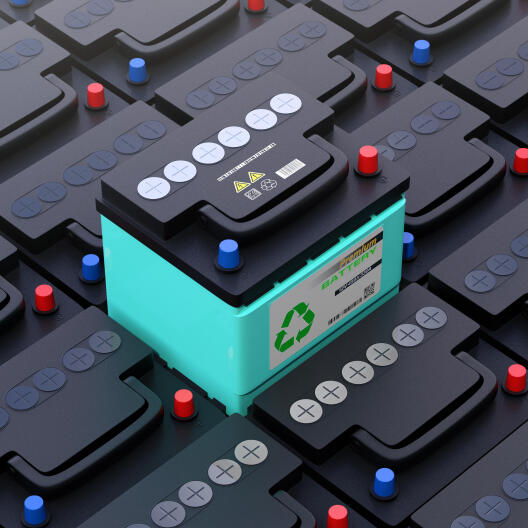Safety of Lithium-ion Batteries Investigated in First and Second-Life Application
Second-life applications for batteries are an important approach to increase their sustainability. This method entails using existing, partially aged batteries in a different, less demanding application. A crucial requirement for this is that the cells are still sufficiently safe. A team from MEET Battery Research Center at the University of Münster has now investigated how the safety of lithium-ion batteries changes not only during their first but also during their second life.

Safety also Increases with a State of Health of 63 Percent
Lithium-ion batteries are generally used in their first application until their state of health ranges between 70 and 80 percent. Under certain conditions, they can then be reused, for example as stationary energy storage devices. One of these conditions is sufficient safety. A large loss of lithium over long periods of time could, for example, result in reduced structural and thermal stability of the cathode. “To ensure safety during both the long first and second service life, we investigated the influence of aging over an extremely high number of cycles and a long time period in this study,” says Dr Philip Niehoff, Deputy Head of the Research Division Cell System at MEET Battery Research Center. The scientists continuously cycled the cells for up to 615 days.
With the result: Even at a state of health of 63 percent, the safety of the cells continues to increase. “We have thus experimentally proven that safety not only increases during normal aging, but also afterwards – until a state of health of 63 percent is reached,” says Niehoff.
Detailed Results Online Available
The entire study has been published by the authors Bennet Timke and Dr Philip Niehoff, MEET Battery Research Center as well as Prof. Dr Martin Winter, MEET Battery Research Center and Helmholtz Institute Münster of Forschungszentrum Jülich, in the “Journal of The Electrochemical Society”.

